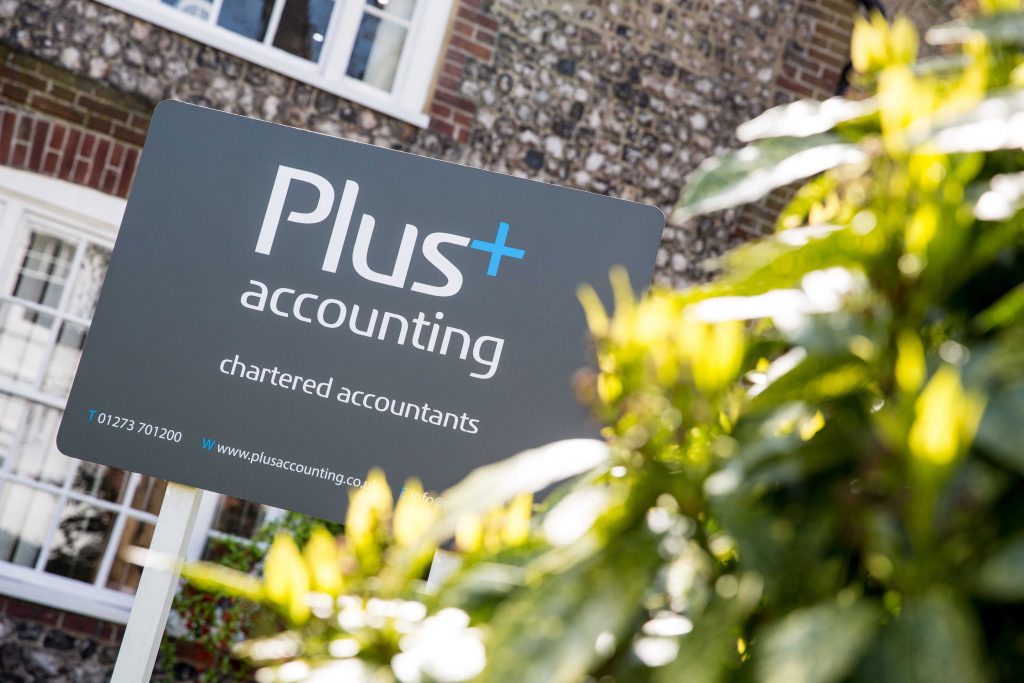The High Income Child Benefit Charge (HICBC) first came into effect in January 2013. It is a tax charge that applies to anyone with an income over £50,000 if they or their partner claims Child Benefit.
The HICBC also applies if someone else receives Child Benefit for a child living with you and they contribute at least an equal amount towards the child’s upkeep.
It does not matter if the child living with you is not your own child.
The HICBC is equal to one percent of your family’s Child Benefit for every extra £100 that your income exceeds £50,000 each year. If your income is over £60,000, the charge will equal the total amount of the Child Benefit.
What Counts as Income?
To work out if your income is over the threshold, you will need to work out your ‘adjusted net income’. Your adjusted net income is your total taxable income before any personal allowances and less things such as gift aided charitable donations and personal pension contributions.
Paying the Charge and Opting Out
If you need to pay the HICBC and you are employed, meaning that income tax is normally deducted from your employment income then you will need to submit a self-assessment tax return every tax year.
If you are currently receiving Child Benefit, you can either carry on getting Child Benefit payments and pay any charge at the end of each tax year via your self-assessment tax return, or you can choose not to receive Child Benefit payments.
If you are affected by the tax charge and are claiming Child Benefit for the first time, you can choose not to get Child Benefit payments but you should still fill in the Child Benefit claim form. This will help you get National Insurance credits which count towards your State Pension.
Claiming Child Benefit also means your child will get their National Insurance number automatically shortly before they are 16 and they will not have to apply for one themselves.
The examples below highlight the different scenarios for the 2022/23 tax year covering the period 6 April 2022 to 5 April 2023.
Example 1
Mr Sykes has a salary of £51,000 and makes gross gift aid donations of £1,500. He receives child benefit payments for his son for the whole of the 2022/23 tax year, totalling £1,133.60.
Mr Sykes’ adjusted net income is £49,500. As this is below the threshold, Mr Sykes is not liable to the HICBC.
Example 2
Miss Doolittle has a salary of £40,000 and receives child benefit payments for her two children for the whole of the 2022/23 tax year, totalling £1,885.00.
Miss Doolittle lives with her partner, Mr Higgins, who has self-employment profits of £60,000 for the 2022/23 tax year and makes gross personal pension contributions of £4,000.
Mr Higgins’ adjusted net income is £56,000. He exceeds the £50,000 threshold by £6,000 so he is liable to a HICBC of 60% of the child benefit payments received by Miss Doolittle.
Mr Higgins’ completes a self-assessment tax return and discloses the child benefit of £1,885.00. He has a liability of £1,131.00 for the 2022/23 tax year in respect of the HICBC.
Example 3
Mrs Banks has a salary of £75,000. She makes gross pension contributions of £5,000 and gross gift aid donations of £2,000. She receives child benefit for three children for the whole of the 2022/23 tax year, totalling £2,636.40.
Mrs Banks’ adjusted net income is £68,000. As this is above the upper threshold of £60,000 she is liable to repay all of the child benefit payments she received. She completes a self-assessment tax return and discloses the child benefit. She has a liability of £2,636.40 for the 2022/23 tax year.
Mrs Banks cancels her child benefit payments with effect from 5 April 2023. She will therefore not be required to complete a self-assessment tax return for the 2023/24 tax year.
Here at Plus Accounting we will be very happy to help you with any queries you may have regarding the High Income Child Benefit Charge with our personal tax advisory service.
Author: Tax Team, Plus Accounting
Any views or opinions represented in this blog are personal, belong solely to the blog owner and do not represent those of Plus Accounting. All content provided on this blog is for informational purposes only. The owner of this blog makes no representations as to the accuracy or completeness of any information on this site or found by following any link on this site.
Date Published: 15 April 2020
Last Updated: 9 August 2022


